Your Brain: The Command Center
Think of your brain as your very own personal operating system. It doesn’t just store information—it processes, directs, and influences the way you navigate the world. But the reason this happens is beneath the surface, in the form of neural pathways.
Neural pathways are like well-worn trails in a forest. Every time you think a thought, feel an emotion, or perform an action, your neurons (the brain’s messengers) fire signals across synapses (the connections between neurons). The more often you take that mental or physical “trail,” the stronger and faster the connection becomes.
So why does this happen? Because your brain is obsessed with efficiency. It’s like a GPS that’s constantly trying to find the fastest route. When you repeat a behavior like tying your shoes, driving to work, or reacting to stress, the brain streamlines these processes by strengthening their neural pathways.
This is why certain actions feel automatic. But here’s the key thing: the brain doesn’t differentiate between helpful and unhelpful patterns. It simply reinforces whatever you do most often.
What is Neuroplasticity and How Does it Work?
Enter neuroplasticity, the brain’s incredible ability to reshape itself. Did you know that your brain is constantly changing physically? Unlike what scientists once believed, your brain isn’t fixed after childhood. It’s adaptable…like clay that can be molded over and over again. Neuroplasticity is the process by which your brain forms and strengthens new neural pathways, weakens old ones, and adjusts based on new experiences or information.
To put it simply, you are not stuck. Your brain is constantly evolving based on what you expose it to, what you practice, and how you think. Even though many believe we become more set in our ways with age, which can be true with a certain mindset, it’s about realizing that as long as we are alive our brains have plasticity, it’s just a matter of using it. This means, just because a neural pathway is deeply ingrained, doesn’t mean we can’t replace it over time (it just takes effort).
Examples of Neuroplasticity in Action
Let’s look at a few examples of how neuroplasticity works in real-life scenarios:
Learning a new skill:
When you practice playing the guitar, your brain creates new pathways to coordinate your fingers, process musical notes, and recall chords. Over time, these pathways become so strong that playing feels effortless.
Overcoming trauma:
Therapy and mindfulness can help people reshape their emotional responses. By creating new thought patterns, the brain learns to respond to triggers with calm instead of fear.
Breaking a habit:
Quitting smoking or reducing negative self-talk often starts with small, intentional steps. Over time, as you consistently choose a new action or thought, the brain rewires itself to favor the healthier choice.
In all of these examples, neuroplasticity can be used as a tool for growth, healing, and transformation, it just takes repetition and consistency.
You’re Not Stuck: How Neuroplasticity Empowers Change

One of the most liberating things about neuroplasticity is its underlying message: You’re not stuck. The habits you’ve built, the thoughts you repeat, and even the way you talk to yourself are not permanent. They’re simply patterns your brain has strengthened over time.
But here’s the thing: change doesn’t happen automatically. It starts with self-awareness. You need to first identify the patterns that aren’t working for you—what I like to call your brain’s “default settings.” This could be anything from constantly doubting yourself to procrastinating under pressure.
Let’s pretend your inner dialogue is harsh and critical, chances are that pathway in your brain has been reinforced for years. But once you recognize it, you can start replacing those negative thoughts with positive, empowering ones. It’s like blazing a new trail in that forest we talked about earlier. At first, it’s difficult and unfamiliar, but with time and repetition, it becomes your brain’s preferred route.
I’ve experienced this first hand by replacing negative self-talk with positive ones. It's amazing to see how quickly I was able to change my default mode of thinking. What’s fascinating is that neuroplasticity isn’t just about habits. It’s about transforming how you perceive and interact with the world. The way you think about challenges, your capacity for growth, and even how you define yourself can shift if you’re willing to do the work.
Where Do You Start?
Understanding how your brain works is step one, but the real shift happens when this knowledge is applied. Here’s how you can use neuroplasticity in your life:
1. Pay attention to your patterns: Spend time reflecting on the habits and thoughts that dominate your daily life. Ask yourself: Are these helping me or hurting me?
2. Challenge your defaults: When you notice a limiting belief or behavior, just pause. Instead of following the usual path, try something different. Replacing this thought or behavior will enable you to change it over time.
3. Practice on repeat: Like any new skill, rewiring your brain takes repetition. Whether it’s a new habit, thought, or perspective, you have to commit consistent effort.
The key is patience. Change doesn’t always happen overnight, but because the brain is always evolving, each small step you take is a signal to your brain that you’re ready to create a better pathway.
Final Thoughts
Your brain’s ability to rewire itself is proof that growth and change are always possible (it’s a matter of holding this mindset). Neuroplasticity isn’t just a scientific concept, but a reminder of your potential. The trails in your brain may feel deeply ingrained, but they are not permanent. With self-awareness, intention, and effort, you can forge new paths that lead to a better, more fulfilling life.
So, the next time you catch yourself saying, “This is just who I am,” pause and realize that it’s not the voice of truth, just the voice of a well-worn trail. You have the power to blaze a new trail.
Sincerely,
Sincerely,
Dexter Lam

Do you want to level up and change your life Trajectory?
We're launching our course on Self-Awareness
Thank you!

